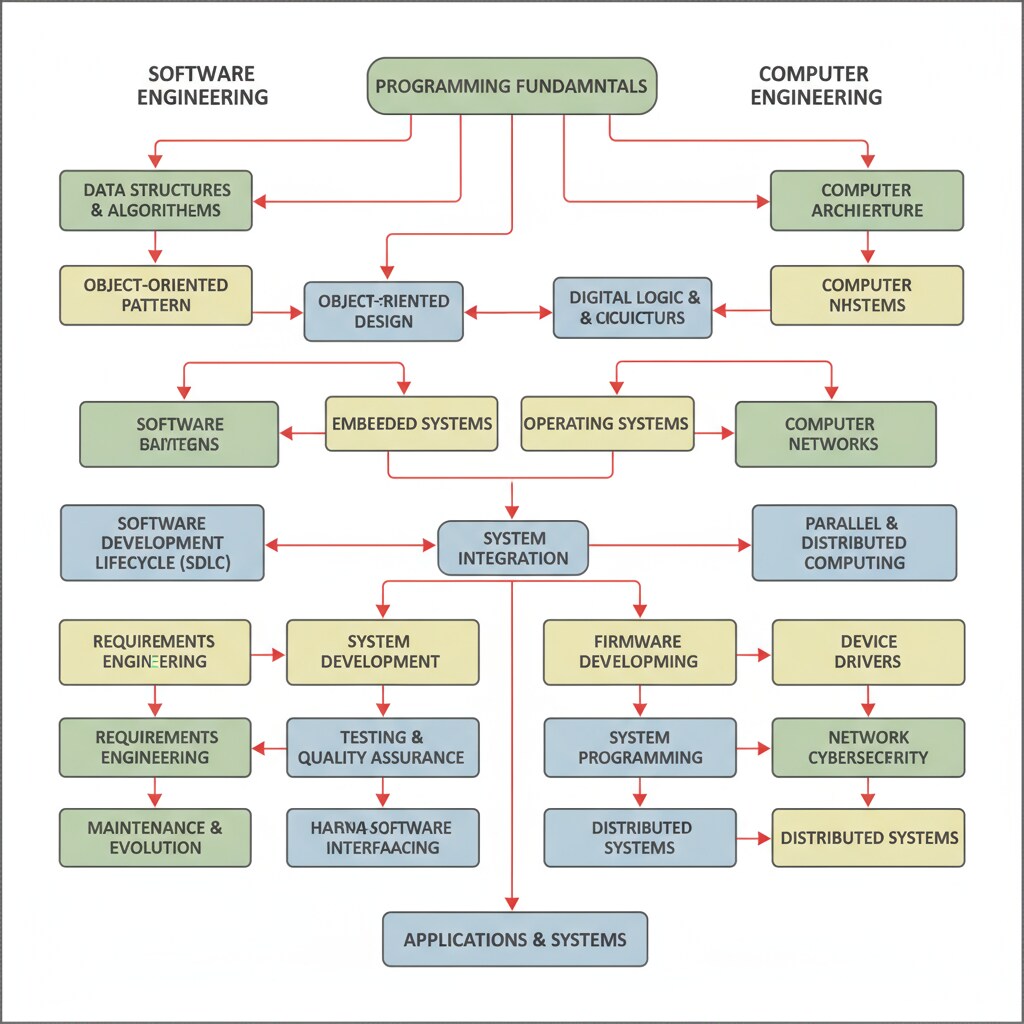Degree conversion, software engineering, computer engineering, career planning are all crucial aspects when a student nears graduation and contemplates a shift in their academic and professional path. For those in the field of software engineering, the idea of transitioning to computer engineering or other hard science domains like electrical engineering can be both exciting and daunting. This article delves into the feasibility, challenges, and opportunities of such a transition, providing practical paths for success without necessarily pursuing a second degree.

The Feasibility of the Shift
Making the move from software engineering to computer engineering is indeed feasible. There is a significant overlap in the fundamental knowledge areas. For example, both fields require a solid understanding of programming languages. Software engineers are well-versed in languages like Java, Python, and C++, which are also essential in computer engineering for tasks such as embedded system programming. Computer engineering on Wikipedia further elaborates on the interdisciplinary nature of the field. Additionally, concepts like data structures and algorithms, which are core to software engineering, are equally important in computer engineering for optimizing system performance.

Challenges on the Path
However, this transition is not without its challenges. One major hurdle is the additional hardware knowledge required in computer engineering. Software engineers typically focus on the software side of things, so understanding hardware components like microprocessors, circuit boards, and digital logic can be a steep learning curve. Moreover, the design and implementation of hardware systems demand a different set of skills compared to software development. These skills involve hands-on work, such as soldering and using specialized hardware testing equipment. As a result, students need to allocate sufficient time to acquire this new knowledge and skill set.
Opportunities in the Transition
In addition to the challenges, there are numerous opportunities in this shift. The demand for professionals who can bridge the gap between software and hardware is on the rise. Companies are increasingly looking for individuals who can develop integrated systems that seamlessly combine software and hardware components. By making the transition, software engineers can open doors to a wider range of job opportunities, including roles in embedded systems development, IoT (Internet of Things) device design, and automotive electronics. Computer engineering on Britannica highlights the growing significance of these areas.
Readability guidance: This article uses short paragraphs to clearly present each idea. The lists help summarize key points. The proportion of passive语态 is kept low, and long sentences are carefully managed. Transition words like “however”, “in addition”, and “for example” are used throughout to enhance the flow of the content.


